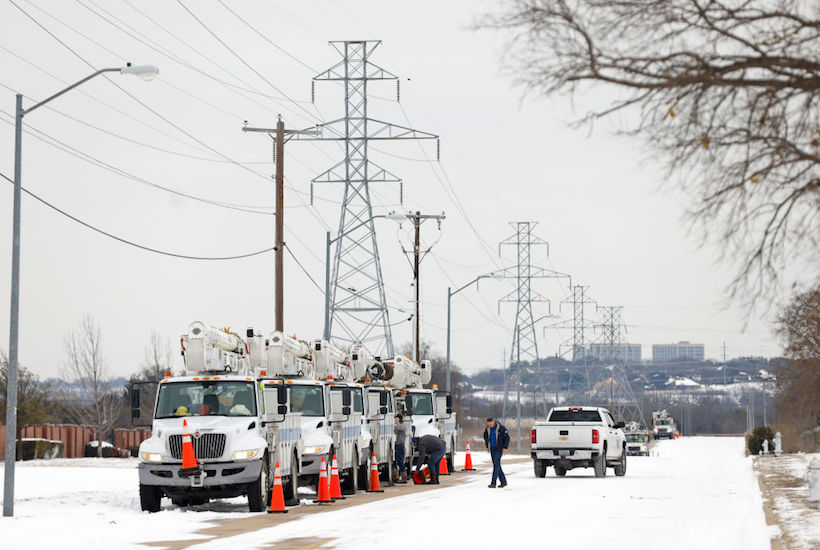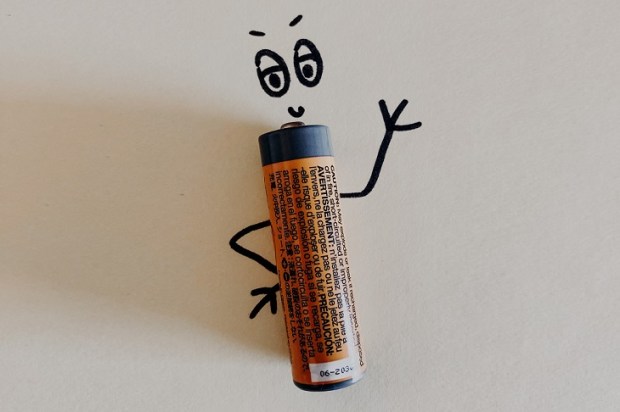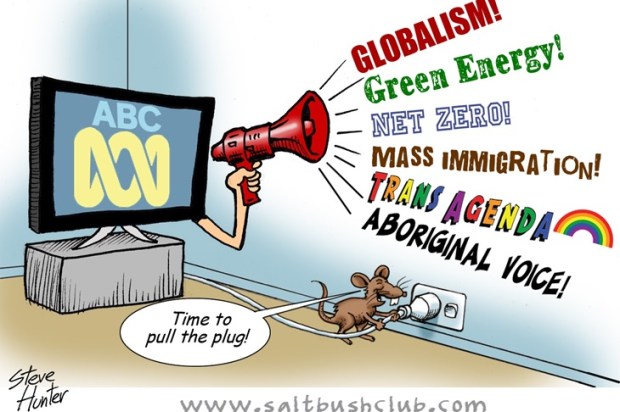Were the South Australian blackouts in 2016 precursors to those that have occurred in Texas during the past few days?
In both cases, an electricity system that has been force-fed with subsidised wind and solar suddenly failed. The total blackout that was seen in South Australia was more severe than the Texas failure but in both cases wind and solar played a prominent role. Those renewables normally account for 23 per cent of the electricity in Texas. This is somewhat less than in South Australia where wind/solar is half of supply but the inherent intermittency of wind in South Australia is cushioned by links to Victorian coal.
Texas, without similar such links, saw 98 per cent of its wind/solar capacity closed down by the freezing conditions. At the same time, it saw a large part of its gas generated electricity unavailable because the gas was contracted elsewhere and, in some cases, plant and pipelines were also impaired by the freeze.
So how did this come about?
In Texas, as in Australia, renewables are heavily subsidised. Texas wind and solar farms get $2.4 billion a year in direct regulatory support which provides some 44 per cent of their revenues; Australian Commonwealth and state support combined is even greater at almost $7 billion a year. In both cases, the result has been a breakneck expansion of supply that has undermined commercial provision.
As in Australia, the supply of subsidised wind has forced out coal generation which, in Texas, has fallen from 38 per cent to 20 per cent of supply (gas is nearly half of electricity supply). The consequent impairment of the Texas grid’s stability has brought the state regulator to implement an “Operating Reserve Demand Curve”. This brings more subsidies (mainly to incentivise coal and gas to be available) of over $4 billion a year. We now know that such subsidies did not work – mainly because the assumed shortage would be in the summer peak.
Such market support to offset the market destruction caused by renewable subsidies is in operation in Australia. More are contemplated with the market manager being urged to provide incentives to power that is more reliable than wind/solar to stay on line to meet contingencies. Snowy 2 is also a part of this.
In addition, the Morrison Government proposes a Grid Reliability Fund, (GRF) using the Clean Energy Finance Corporation (CEFC). Ironically the CEFC has caused considerable market damage by subsidising wind/solar and is now being used to defray some of that damage with investments in new hydro, gas, and battery projects. A spat is presently taking place within the ALP over whether or not to give support. Whereas energy spokesman Mark Dreyfus takes a knee–jerk approach in opposing all things fossil, Joel Fitzgibbon understands that the aim is to build new investment in plant that can support additional renewables.
The proposed GRF is actually just another of the myriad interventions that governments have in place, which have destroyed the energy market. It is designed to provide insurance against a lack of future investment.
But this misunderstands how markets and incentives work. We don’t have a food security fund in spite of the essentiality of food. This is because private sector farmers, transporters, millers, machinery makers and thousands of others in the chain are incentivised by profit and by a need to avoid losses.
Governmental failure in Australian electricity is epitomised by requirements on retailers to demonstrate an ability to meet demand a couple of years ahead. This starts with a self-contradiction that a supplier in a competitive market can be sure what its total demand will be. It also overlooks the nature of demand and supply in electricity whereby a retailer is contracted to sell a product for $150 per MWh, the cost of which on the spot market can be $15,000 per MWh. A retailer short of supply could be bankrupt in days.
Governments in Australia and elsewhere, fearing “market failure” in electricity supply and responding to subsidy-seekers and green rhetoric have implemented policies that have caused the replacement of low-cost coal and gas (and nuclear) supply with high-cost, unreliable wind and solar. They and regulators are struggling to buttress their favoured supply sources at huge cost and with, as we saw in South Australia and now see in Texas, less than complete success.
Alan Moran’s “Climate Change: Treaties and Policies in the Trump Era” was published in 2016. He has authored chapters on Australian energy in five international compendiums as well as the energy chapter in the recently released “Keeping Australia Right”.
Got something to add? Join the discussion and comment below.
Get 10 issues for just $10
Subscribe to The Spectator Australia today for the next 10 magazine issues, plus full online access, for just $10.


























Comments
Don't miss out
Join the conversation with other Spectator Australia readers. Subscribe to leave a comment.
SUBSCRIBEAlready a subscriber? Log in